#Limapontioidea
Text

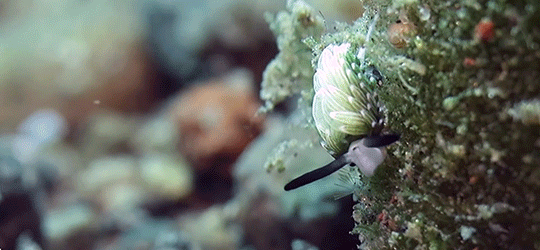



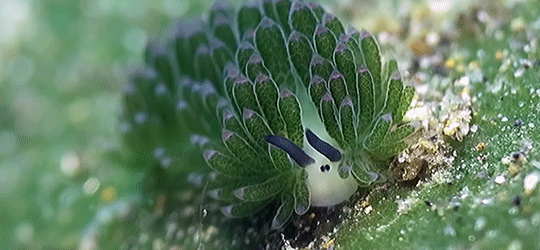

leaf sheep sea slug (Costasiella kuroshimae)
#leaf sheep#sea slug#underwater#bali#marine#costasiella kuroshimae#gastropoda#Limapontioidea#request#anonymous
579 notes
·
View notes
Text

A sea slug (Hermaea bifida) off the coast of the Netherlands
by Verheyen Stefan
#sea slugs#gastropods#molluscs#hermaea bifida#hermaea#Hermaeidae#Limapontioidea#gastropoda#mollusca#wildlife: netherlands
135 notes
·
View notes
Text
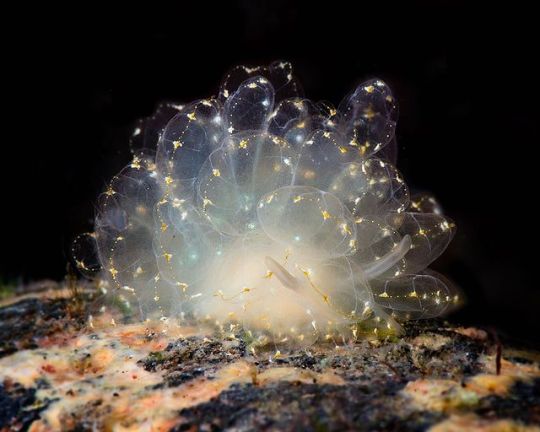
Cyerce elegans
#Cyerce elegans#sea slug#Gastropoda#Heterobranchia#Opisthobranchia#Sacoglossa#Plakobranchacea#Limapontioidea#Caliphyllidae#Cyerce#upl
18 notes
·
View notes
Photo

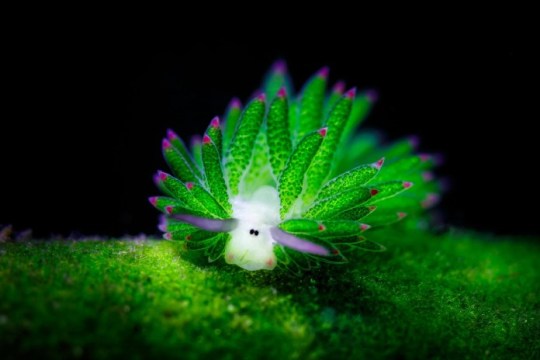
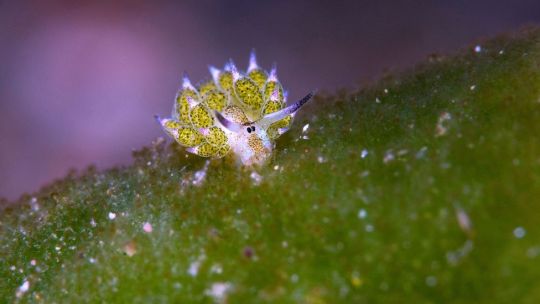
Costasiella kuroshimae (Leaf sheep, leaf slug)
Discovered in 1993 off the coast of the Japanese island Kuroshima. Leaf sheep are only about a fourth of an inch, or a little over 5 mm long.
Leaf sheep have rhinophores on their heads that look like the ears of a sheep in perspective to their faces. The leaf sheep’s rhinophores have fine hairs that sense chemicals in the water, enabling them to find food sources.
Leaf sheep’s primary diet is sea algae. When they consume it, they suck the chloroplasts out of the algae in a process called kleptoplasty. This process then enables them to photosynthesize. This is why leaf sheep glow. In other words, they are bioluminescent.
While some scientists believe that kleptoplasty can add to longevity in sacoglossans, the truth is – we don’t know how long leaf sheep live.
Because they are so beautiful and adorable, many people wonder if they can have a leaf sheep as a pet. But leaf sheep are still wild animals who have the right to live in their natural habitats.
1 note
·
View note
Text
Meet the…

SEA SHEEP!
Costasiella kuroshimae, aka the leaf slug, sea sheep, and loads of other names, is a type of sacoglossan sea slug!
Scientific Classifications:
Kingdom: Animalia
Phylum: Mollusca
Class: Gastropoda
Clade: Heterobranchia
Informal Group: Opisthobranchia
Clade: Sacoglossa
Clade: Plakobranchacea
Superfamily: Limapontioidea
Family: Costasiellidae
Genus: Costasiella
These little cuties are around Japan, the Philippines, and Indonesia! They are capable of photosynthesis via a process called kleptoplasty, where they retain the chloroplasts from the algae they eat.
Their lifespan is between 6 months to a year. They are 5 millimeters to 1 centimeter
68 notes
·
View notes
Text

Costasiella usagi
#Costasiella usagi#sea slug#Gastropoda#Heterobranchia#Opisthobranchia#Sacoglossa#Plakobranchacea#Limapontioidea#Costasiellidae#Costasiella#upl
9 notes
·
View notes